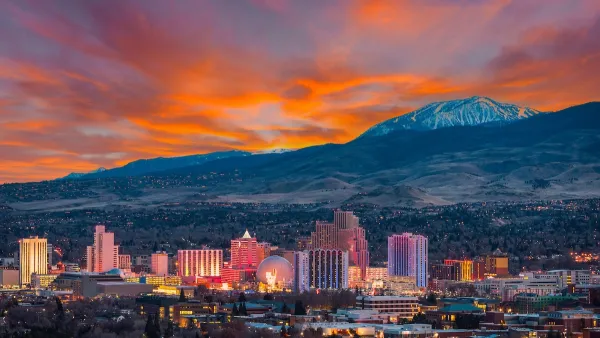Zoning changes have been a popular way to increase density and affordable housing, but more diversified policies could fill in the gaps where zoning fails.

Long favored by urbanists as a panacea for housing issues, upzoning enhances density requirements and permits increased floor areas and number of floors for new residential construction in exchange for a certain percentage of affordable units. These policies are aimed at increasing density in highly-valued, transit-adjacent urban neighborhoods and raising the number of housing units available. After decades of prioritizing single-family homes, upzoning has the promise of promoting density and encouraging more affordable multi-family buildings in areas that desperately need more housing.
Cities have come to rely on zoning to solve a broad range of economic and social issues, but just how far can zoning go? From historic red-lining to Seattle's recent plan to reduce the number of gas appliances in multi-family buildings while exempting single-family homes, many zoning policies reduce broad policy objectives to arbitrary rules that conveniently exempt certain neighborhoods and fail to apply rules equitably. Zoning wasn't designed to create more housing, and as city leaders try to undo its well-documented history as a tool for segregation, new policies must address inequities and acknowledge the need for other interventions.
FULL STORY: Dubicki: When Upzoning Becomes a Fool’s Errand

National Parks Layoffs Will Cause Communities to Lose Billions
Thousands of essential park workers were laid off this week, just before the busy spring break season.

Retro-silient?: America’s First “Eco-burb,” The Woodlands Turns 50
A master-planned community north of Houston offers lessons on green infrastructure and resilient design, but falls short of its founder’s lofty affordability and walkability goals.

Delivering for America Plan Will Downgrade Mail Service in at Least 49.5 Percent of Zip Codes
Republican and Democrat lawmakers criticize the plan for its disproportionate negative impact on rural communities.

Test News Post 1
This is a summary

Test News Headline 46
Test for the image on the front page.

Balancing Bombs and Butterflies: How the National Guard Protects a Rare Species
The National Guard at Fort Indiantown Gap uses GIS technology and land management strategies to balance military training with conservation efforts, ensuring the survival of the rare eastern regal fritillary butterfly.
Urban Design for Planners 1: Software Tools
This six-course series explores essential urban design concepts using open source software and equips planners with the tools they need to participate fully in the urban design process.
Planning for Universal Design
Learn the tools for implementing Universal Design in planning regulations.
EMC Planning Group, Inc.
Planetizen
Planetizen
Mpact (formerly Rail~Volution)
Great Falls Development Authority, Inc.
HUDs Office of Policy Development and Research
NYU Wagner Graduate School of Public Service





























